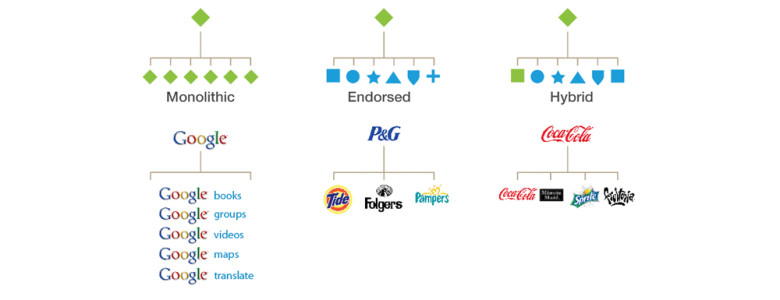
Why is Brand Mapping Important?
Brand mapping is used to understand the positioning of a brand with respect to the attributes in any brand. In brand mapping, a large number of attributes are shown on the axis and a number of brands are rated on several of these attributes i.e areas of interest of customers.
Marketers have always had to juggle two seemingly contradictory goals: making their brands distinctive and making them central in their category. Central brands, such as Coca-Cola in soft drinks and McDonald’s in fast food, are those that are most representative of their type. They’re the first ones to come to mind, and they serve as reference points for comparison. These brands shape category dynamics, including consumer preferences, pricing, and the pace and direction of innovation. Distinctive brands, such as Tesla in cars and Dos Equis in beer, stand out from the crowd and avoid direct competition with widely popular central brands.
Centrality v/s Distinctiveness of the Brand
Striking the right balance between centrality and distinctiveness is critical, because a company’s choices influences not just how the brand will be perceived, but how much of it will be sold and at what price—and, ultimately, how profitable it will be. And yet, marketers have lacked the tools needed to get this balance right.
Traditionally, companies have analyzed brand positioning and business performance separately. In order to locate the gaps in the market and gauge how people feel about their brands, marketers have used perceptual positioning maps, which typically represent consumers’ perceptions of brands or products on opposing dimensions, such as budget versus premium or spicy versus mild. To assess performance, they have used a different set of strategic tools that map or measure brands on yardsticks such as market share, growth rate, and profitability.
Brand Roadmap Plan Elements
Vision: What do you want your brand to be in the next 5-10 years? Vision gives everyone on the brand a clear direction, it should be measurable (quantitative) and motivating (qualitative). It should push you so much that it scares you a little, but excites you a lot.
Purpose: Why does your brand exist? Keep asking yourself why you do this, to find the personal motivation hidden in the brand. Articulating your purpose can be a very powerful way to connect with both employees and consumers, giving your brand a soul.
Values: core beliefs of the brand that shape the organization as to the standards, behaviors and expectations. The brand has to be able to stand up to and consistently deliver each value.
Goals: What do you need to achieve? Specific measures of brand health and wealth, related to consumer/customer behavioral changes, metrics of key programs, performance targets or milestones on the pathway to the vision. It’s the brand scoreboard.
Key Issues: What is getting the way from achieving your vision/goals? Deep analysis highlights what’s driving and holding the brand back, as well as future risks and untapped opportunities. Issues are asked as a question to provide the problem to which strategies become the solution.
Strategies: How can we get there? Strategies are the “How” you will win the market. Choices based on market opportunities, using consumers, competitors or situational. Strategies should have a pinpointed focus providing a breakthrough on the pathway to the brand vision.
Tactics: What do we need to do to execute the strategy? Framed completely by strategy, tactical choices deploy your limited resources against brand projects, the most efficient way to drive a high ROI.
The Brand Strategic Roadmap helps gain agreement, makes focused decisions and keeps everyone aligned.






